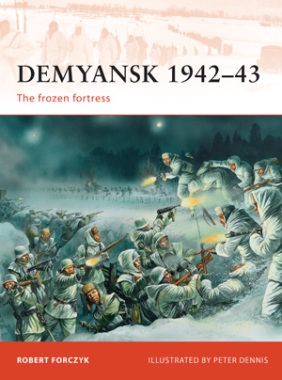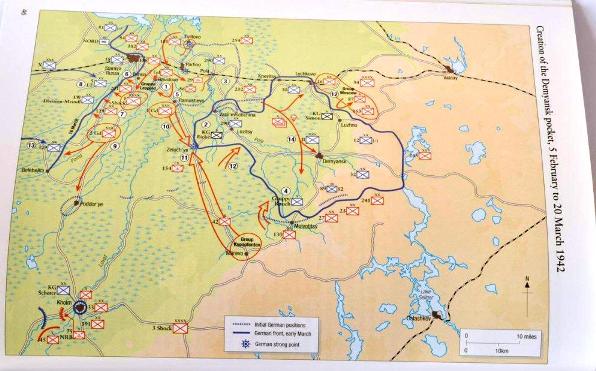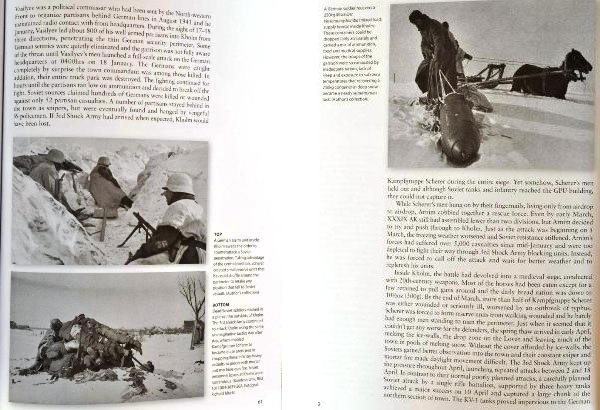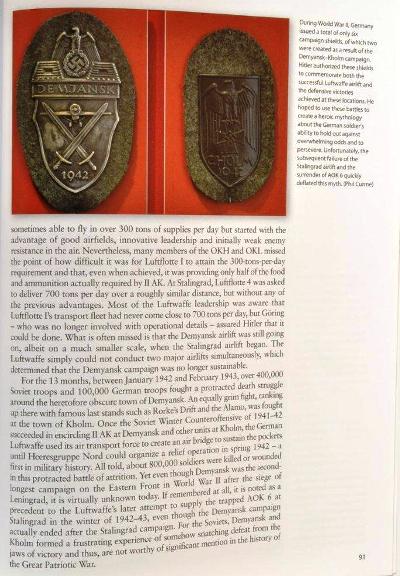
Osprey Publishing
Campaign Series 245
Author: Robert Forczyk
Soft Cover | ISBN: 978-1-84908-552-6
Review by Bill Curtis
Our thanks to Osprey Publishing for supplying our review copy. Get this good reference book here now at: www.ospreypublishing.com
Initial assessment
This is another book in the campaign series and follows the same format as previous volumes and has 96 pages with black and white period photographs, maps, three dimensional views and a couple of colour pictures.

This is probably another little known battle by most readers, which was fought through 42-43 surrounded by swamps which made for difficulty of movement; the winter on the other hand froze the ground and hence made it a better option for attack by the Soviets.
The German High Command had its eyes firmly fixed on Leningrad and Moscow giving little thought to the area between these cities as they had thought when both fallen mopping up could then be carried out in the rural areas. This did not happen and the area around Demyansk was encircled trapping II Armeekorps with some 100,000 men at Demyansk with a further 5000 at Kholm. Demyansk was important as it was close to the main highway between both of the target cities and when the soviets attacked and high command wished to withdraw. Hitler gave what is believed to be his first of many no retreat orders.

The German forces were combat tried units which were depleted by earlier fighting and its armoured units were equipped with Panzer III and Stug’s all with the short barrel guns. These vehicles were inadequate against the T34 and KV1 tanks, so the infantry had to deal with them using Teller mines and anti tank mine which were either thrown onto or placed und the tracks.
By late 41 the Soviets thought that the Germans were close to collapse and decided to mount an offensive in Jan 42 in the Demyansk area which would cut off the Leningrad front and disrupt the Moscow supply lines. The troops allocated were green and not large enough and no armour was given to help force a breakthrough.

The Soviets surrounded the German forces which were supplied by air, bringing in supplies and fresh troops whilst taking out the wounded.
This planted the seeds for the supply of Stalingrad later in 42 when it was cut off but the air supply distances were greater as were the loads per day. Also in comparison, at Demyansk the siege was lifted so the pocket became a salient, which was eventually given up, while at Stalingrad the front was pushed further back and relief efforts made to late to achieve success.
This book is well written and gives a comprehensive account of the various stages of the campaign from initial assault, partisan activity, encirclement and final forced withdrawal. The books layout allows one to follow what happened and why and is helped by the various maps of the battles which took place in one of the longest sieges of the Second World War.
Highly Recommended
Bill C.